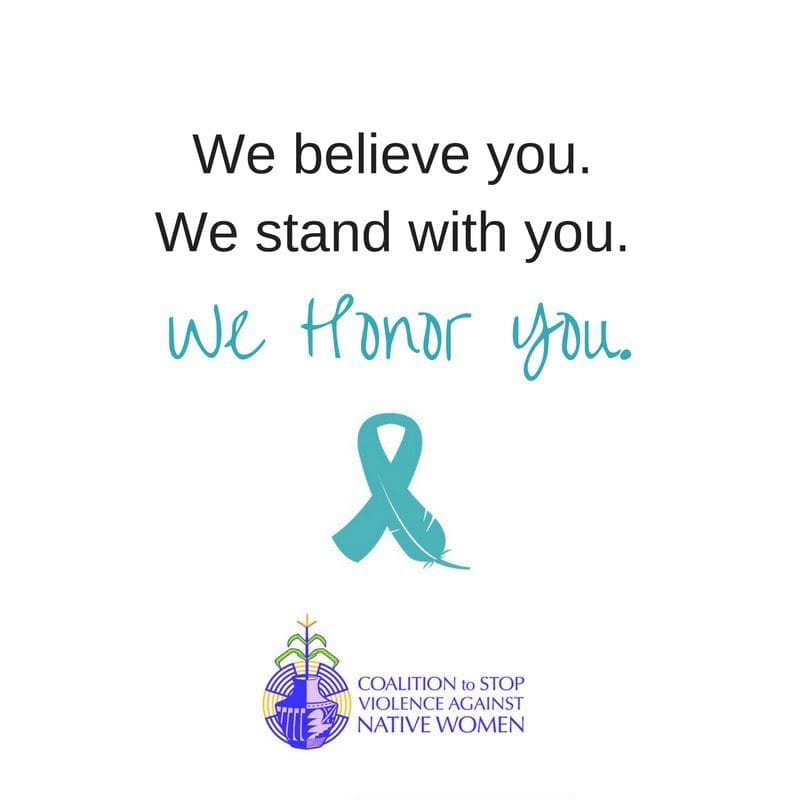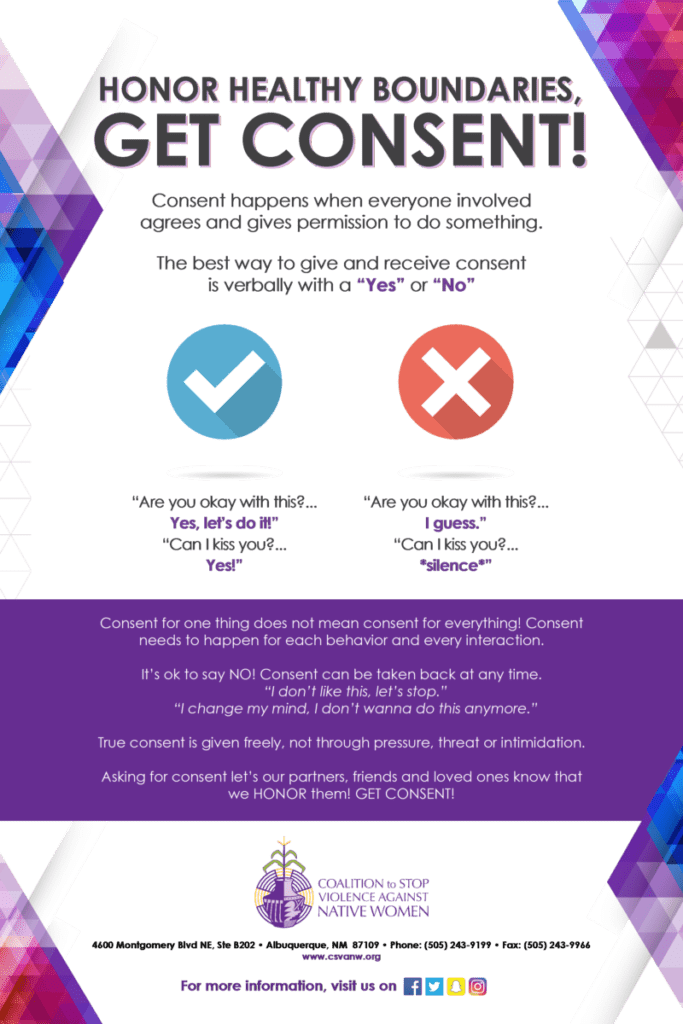Consent is…
- Consent is mandatory before any sexual activity.
- Consent is mandatory every time. Consent for one thing does not mean consent for every thing.
- Consent is permission and agreement between all partners involved.
- Consent is communicating your boundaries verbally.
- Consent is voluntary.
Consent is not…
- Consent is not silence.
- Consent is not forced or coerced.
- Consent is not permanent. You can withdraw consent at any time.
Consent lets our partners know we honor and respect them!
Let’s start with a refresher…
What does consent mean?
Consent is a HUGE concept to keep in mind when thinking of how we are in relation those around us. It is important to remember that consent is needed in ALL relationships, including personal, professional, environmental, and sexual.
Many believe that consent is limited to only physical and sexual relationships, however in our everyday life, consent is something that we should practice in each and every aspect of our lives with the people and non-human relatives around us. It is important that everyone feels comfortable and agree’s on the activity that they would like to participate in, especially for our Native youth as well. This includes allowing ALL of our relatives the ability to choose whether or nor they would like to engage in any type of touching, hugging, holding hands, sexual activity, and conversations.
To practice being good relatives to one another, we need to understand that everyone has the ability to choose who they would like to interact with. Everyone deserves to feel safe and to set their boundaries that make them feel comfortable.
We recognize that CONSENTmust also be at the center of every conversation, action, and interaction.
- Consent happens when everyone involved agrees and gives permission to do something
- The best way to give and receive consent is verbally with a YES or NO
- Consent for one thing does not mean consent for everything!
- Consent needs to happen for each behavior and every interaction
- Its okay to say NO!
- Consent can be taken back at any time
- True consent is given freely, not through pressure, threat or intimidation
How is consent applied?
As Native peoples, we have been practicing consent since time immemorial. Such examples includes the following:
- Offering prayers from our holy beings for our lands, farming practices, hunts, healing, and needs
- Offering medicines or items for a ceremony to be performed, or to ask for knowledge from another relative
- Giving gifts or offerings to pass through another Tribal community/nation other than our own
- Giving land acknowledgements when we are on another Tribal Nation’s homeland, other than our own
In contrast to our current reality, it is also important to understand that this still applies to how we practice consent TODAY especially because of the ongoing effects of colonialism, land violence, and gender violence against our Indigenous womyn, mxn, and LGBTQ2S+ relatives. Through a Native lens, it is our responsibility to care for our land and traditions because they are our non-human relatives as well. This is also known as Free, Prior and Informed Consent (FPIC) and is an important principle that Indigenous peoples can use to protect our right to participate in conversations with both the US and Canada to speak up for our land.
If you are interested in learning more about Consent over Land and Body, check out the below resources from our friends at the Native Youth Sexual Health Network: “Toolkit – Violence on the Land, Violence on our Bodies: Building an Indigenous Reponse to Enviomental violence”
On This Page:





